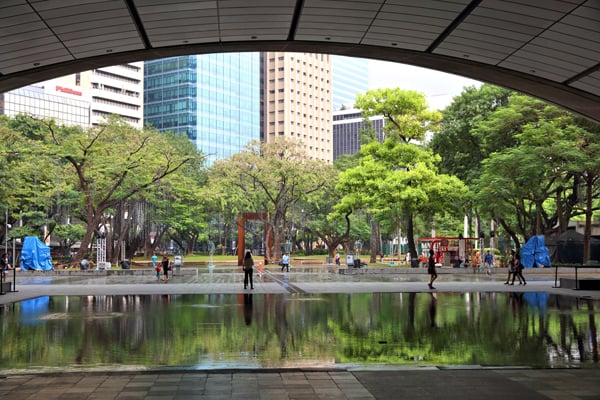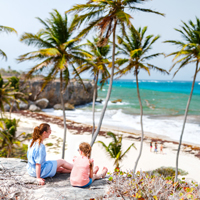
Manila, the bustling capital of the Philippines, is a city teeming with a variety of public transportation options. From the iconic jeepneys to the modern Light Rail Transit (LRT) and Metro Rail Transit (MRT), the city offers a myriad of ways to get around. Tricycles, pedicabs, and buses also ply the streets, while ferries provide a unique way to traverse the city’s waterways. For an expat living in Manila, it is entirely possible to live comfortably without a car, relying on these public transportation systems and walking. However, understanding the ins and outs of each mode of transport is key to navigating the city efficiently and safely.
Jeepneys
Jeepneys are the most popular form of public transportation in Manila. These colorful, elongated vehicles, originally made from U.S. military jeeps left over from World War II, are a cultural icon. They are known for their vibrant decorations and crowded seating. Jeepneys follow fixed routes, and fares are relatively cheap, starting at around 9 pesos (approximately 0.18 USD). However, they can be quite chaotic, especially during rush hours, and may not be the most comfortable option for long distances. Safety can also be a concern, particularly at night, as jeepneys are often targets for petty crimes.
Tricycles and Pedicabs
Tricycles and pedicabs are common in Manila, especially in areas where jeepneys and buses don’t operate. Tricycles are motorized three-wheelers that can carry up to four passengers, while pedicabs are bicycle-powered and can accommodate up to two passengers. They are ideal for short distances and navigating narrow streets. Fares vary depending on the distance but are generally affordable. However, safety can be a concern as these vehicles are often not well-maintained and accidents are not uncommon.
Buses
Buses in Manila are a reliable and affordable way to travel longer distances. They operate on fixed routes and have designated stops. Fares start at around 12 pesos (approximately 0.24 USD) and increase depending on the distance traveled. Buses can be crowded during peak hours, but they are generally safe to use. However, traffic congestion can make bus travel slow, especially during rush hours.
Light Rail Transit (LRT) and Metro Rail Transit (MRT)
The LRT and MRT are Manila’s answer to the subway system. These elevated railways provide a fast and efficient way to travel across the city, bypassing the heavy street traffic. The LRT has two lines, while the MRT has one, covering major areas in Manila. Fares range from 15 to 30 pesos (approximately 0.30 to 0.60 USD) depending on the distance. The trains can be extremely crowded during peak hours, but they are generally safe and well-maintained. Stations are equipped with security personnel and CCTV cameras for added safety.
Ferries
Manila’s Pasig River Ferry Service offers a unique way to travel across the city. The ferry has 12 stations covering a distance of about 28 kilometers. Fares range from 30 to 95 pesos (approximately 0.60 to 1.90 USD) depending on the distance. The ferry service is a comfortable and scenic alternative to road travel, but it operates on a limited schedule and can be affected by weather conditions.
In conclusion, Manila’s public transportation system is diverse and extensive, making it possible for expats to live comfortably without a car. However, it’s important to be aware of the potential safety issues and to plan journeys carefully to avoid the busiest times and routes.

